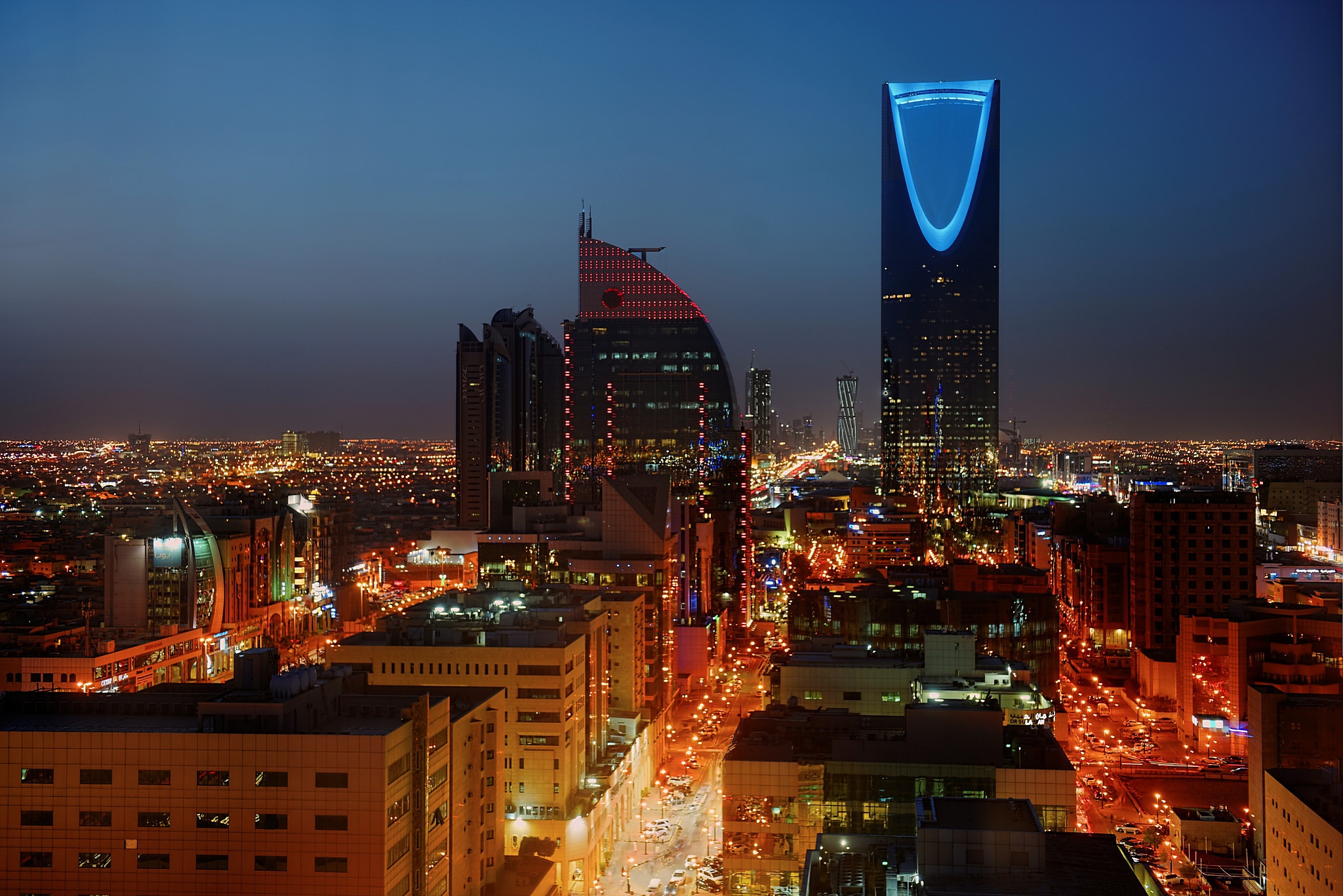Urbanization is reshaping the global landscape at an unprecedented pace. With populations surging, industries evolving, and technology transforming how cities function, some urban areas are developing faster than others, both economically and demographically.
These fast-growing cities are becoming powerful economic engines, regional innovation hubs, and cultural centers. From Asia to Africa and the Middle East, the speed and scale of their development are reshaping global dynamics.
Bengaluru, India

Known as the “Silicon Valley of India,” Bengaluru is one of the fastest-developing cities in the world. Its transformation from a quiet garden city into a bustling tech metropolis has been dramatic.
With more than two million IT professionals and headquarters or major campuses of global giants like Infosys, Wipro, Microsoft, and Google, Bengaluru anchors India’s digital economy.
The city also plays a key role in biotech and aerospace, thanks to its world-class engineering talent and research institutions. Its GDP growth is among the highest in Asia, and its youthful, educated population continues to fuel innovation and entrepreneurship.
The city’s rapid metro expansion and tech corridor development further underscore its evolution into a modern urban powerhouse.
Shenzhen, China

Shenzhen has undergone one of the most remarkable urban transformations in modern history. Just a fishing village in the 1980s, it is now a high-tech megacity and one of China’s most economically vibrant urban centers.
As a cornerstone of the Greater Bay Area initiative, Shenzhen is home to major corporations such as Huawei, Tencent, and DJI. It is a hub for hardware innovation, fintech, and advanced manufacturing.
The city’s GDP now surpasses that of Hong Kong, and it continues to attract talent from across China.
Infrastructure development, including futuristic skyscrapers and high-speed transit, has made Shenzhen a symbol of China’s urban ambitions.
Riyadh, Saudi Arabia

Riyadh is rapidly emerging as a global city under Saudi Arabia’s Vision 2030 strategy. Once considered a conservative administrative capital, Riyadh is transforming into a cosmopolitan center for business, entertainment, and tourism.
Massive investments are reshaping the urban landscape with projects like the King Salman Park, Qiddiya entertainment city, and the Riyadh Metro.
The population is expected to nearly double over the next decade, driven by relaxed visa policies, increasing foreign investment, and a shift toward non-oil economic sectors.
Riyadh’s ambitious growth plan includes becoming one of the world’s top 10 city economies by 2030, a goal that is already translating into concrete development.
Jakarta, Indonesia

Jakarta is Southeast Asia’s largest city and continues to grow despite facing significant urban challenges such as congestion and flooding. As the commercial and political heart of Indonesia, Jakarta is experiencing rapid expansion in real estate, infrastructure, and finance.
A key reason for this growth is the country’s economic development, which has fostered a growing middle class and increased demand for modern housing, transportation, and services.
While Indonesia plans to shift its capital to Nusantara on the island of Borneo, Jakarta’s development is not slowing down. Instead, it is focusing on revitalization efforts and infrastructure upgrades to maintain its economic edge.
Nairobi, Kenya

Nairobi stands as Africa’s fastest-growing city, and one of the continent’s most dynamic. Often referred to as “Silicon Savannah,” Nairobi is a rising tech and innovation hub.
It is home to a vibrant startup ecosystem supported by mobile technology, particularly the globally influential mobile money platform M-Pesa.
Nairobi’s growth is fueled by a young, digital-savvy population and increased foreign investment in infrastructure, real estate, and education.
As the headquarters of many international organizations, the city plays a critical role in East African politics and commerce. Nairobi’s expanding skyline and new transport systems are testaments to its rapid evolution.
Ho Chi Minh City, Viet Nam

Ho Chi Minh City has become Viet Nam’s economic engine, drawing global attention for its fast-paced development.
As the country’s largest city and a key manufacturing center, it has benefited from supply chain shifts and foreign investment in technology, garments, and electronics.
The Vietnamese government’s pro-business reforms have made the city a magnet for multinational corporations looking to diversify production away from China. Rapid population growth and a booming real estate market are reshaping the city’s urban landscape.
With metro systems under construction and a young workforce driving change, Ho Chi Minh City is quickly becoming a regional hub for commerce and culture.



















